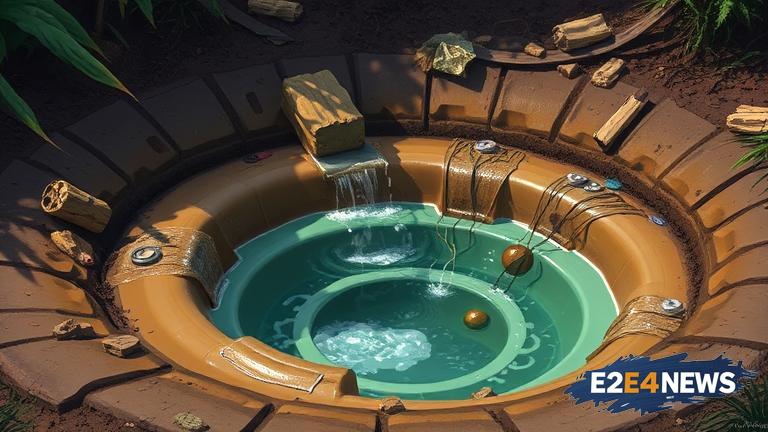Hawaii is facing a growing water pollution crisis, with cesspools being a major contributor to the problem. The state’s unique geology and high water table make it particularly vulnerable to contamination from these systems. Cesspools are essentially underground tanks that hold human waste, and they can leak into the surrounding soil and groundwater, posing a risk to both the environment and public health. According to estimates, there are over 88,000 cesspools in Hawaii, with the majority being located on the Big Island and Maui. These systems are often outdated and in disrepair, with many being built before modern regulations were put in place. As a result, they are not designed to handle the volume of waste they receive, leading to frequent overflows and leaks. The pollution from cesspools can have serious consequences, including the contamination of drinking water sources, the destruction of coral reefs, and the spread of waterborne diseases. In addition, the pollution can also harm the state’s famous beaches and marine ecosystems, which are a major draw for tourists. The economic impact of the pollution crisis should not be underestimated, as it can also affect the state’s fishing and agriculture industries. The Hawaii Department of Health has been working to address the issue, with efforts including the creation of a cesspool conversion program and the implementation of stricter regulations. However, more needs to be done to address the scale of the problem. The state has set a goal of eliminating all cesspools by 2050, but this will require significant investment and effort. In the short term, the focus is on converting the most problematic cesspools to more modern and environmentally friendly systems. This will not only help to reduce pollution but also improve public health and protect the state’s natural resources. The conversion process is not without its challenges, however, as it can be expensive and require significant infrastructure upgrades. Despite these challenges, the long-term benefits of eliminating cesspools are clear. By taking action to address the crisis, Hawaii can help to protect its environment, public health, and economy. The state’s unique natural beauty and biodiversity make it an important location for conservation efforts, and addressing the cesspool crisis is a critical step in this process. Furthermore, the crisis highlights the need for sustainable and environmentally friendly waste management practices, not just in Hawaii but around the world. As the state works to address the crisis, it can also serve as a model for other locations facing similar challenges. In conclusion, Hawaii’s cesspool crisis is a serious issue that requires immediate attention and action. By working together to address the problem, the state can help to protect its environment, public health, and economy, and set an example for sustainable waste management practices around the world. The crisis is a complex issue, and it will require a comprehensive and multi-faceted approach to resolve. This includes not only converting cesspools to more modern systems but also implementing stricter regulations and providing education and outreach to the public. Additionally, the state will need to invest in infrastructure upgrades and provide support for low-income households and small businesses that may be affected by the conversion process. Overall, addressing the cesspool crisis is a critical step towards protecting Hawaii’s unique environment and natural resources, and it will require a sustained effort from government agencies, businesses, and individuals alike.





